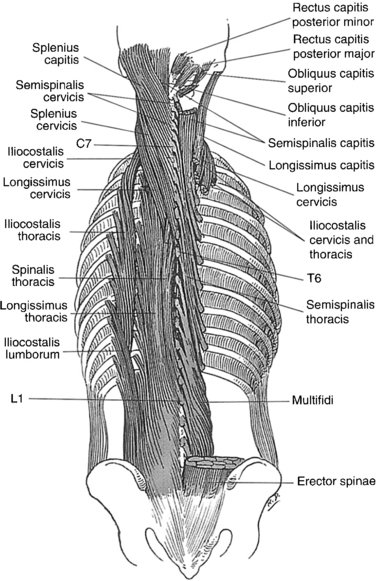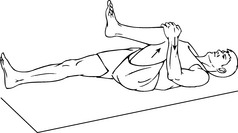Low-Back Strain
Common signs and symptoms
• Pain in the back that usually affects one side, is worse with movement, and may be felt in the hip, buttocks, or back of the thigh
Causes
• Prolonged overuse of the muscle–tendon units in the lower back, usually from incorrect back mechanics
Factors that increase risk
• Any sport that causes twisting force on the spine or excessive bending at the waist; also, contact sports, such as football, weightlifting, bowling, golf, tennis, speed skating, racquetball, swimming, running, gymnastics, or diving
Preventive measures
• Use proper mechanics when sitting or lifting, and maintain proper posture with sitting; lift using the knees and legs, do not bend at the waist.
Expected outcome
With appropriate conservative treatment, low-back strain is usually curable within 6 weeks.
Possible complications
• Frequent recurrence of symptoms may result in a chronic problem; appropriately addressing the problem the first time decreases the frequency of recurrence.
Medication
• Nonsteroidal antiinflammatory medications, such as aspirin and ibuprofen (do not take for 7 days before surgery), or other minor pain relievers, such as acetaminophen, are often recommended. Take these as directed by your physician, and contact your doctor immediately if any bleeding, stomach upset, or signs of an allergic reaction occur.
• Pain relievers and muscle relaxers may be prescribed as necessary. Use these medications only as directed, and take only as much as you need. Do not operate any heavy machinery or drive a car while on these medications.
Heat and cold
• Cold is used to relieve pain and reduce inflammation for acute and chronic cases. It should be applied for 10 to 15 minutes every 2 to 3 hours as needed and immediately after any activity that aggravates your symptoms. Use ice packs or an ice massage.
< div class='tao-gold-member'>
Only gold members can continue reading. Log In or Register to continue










